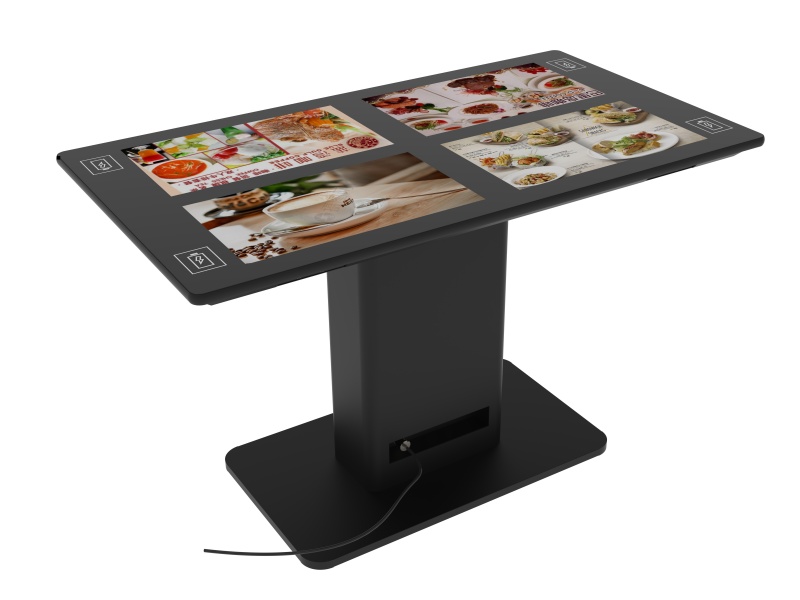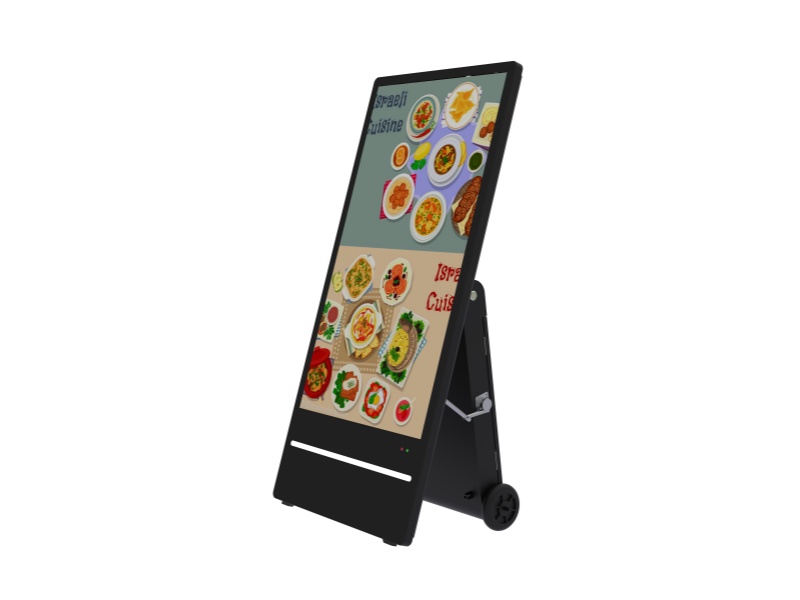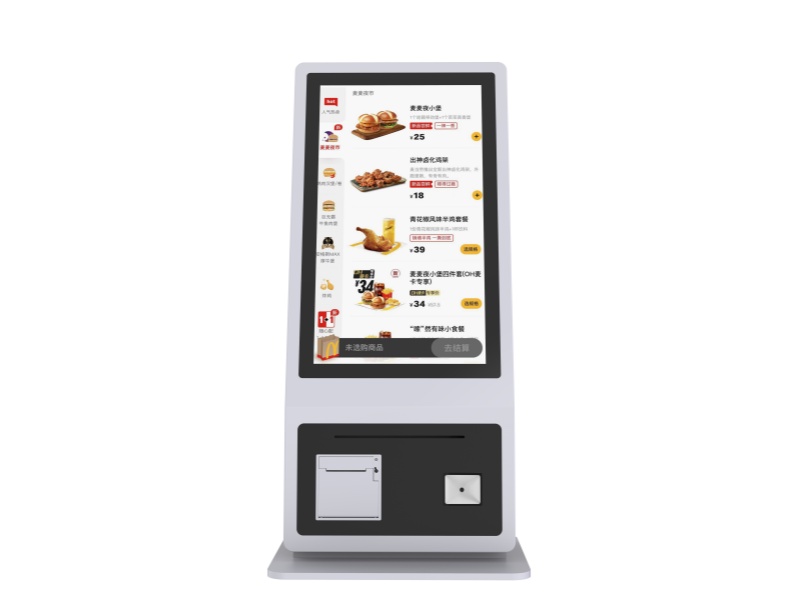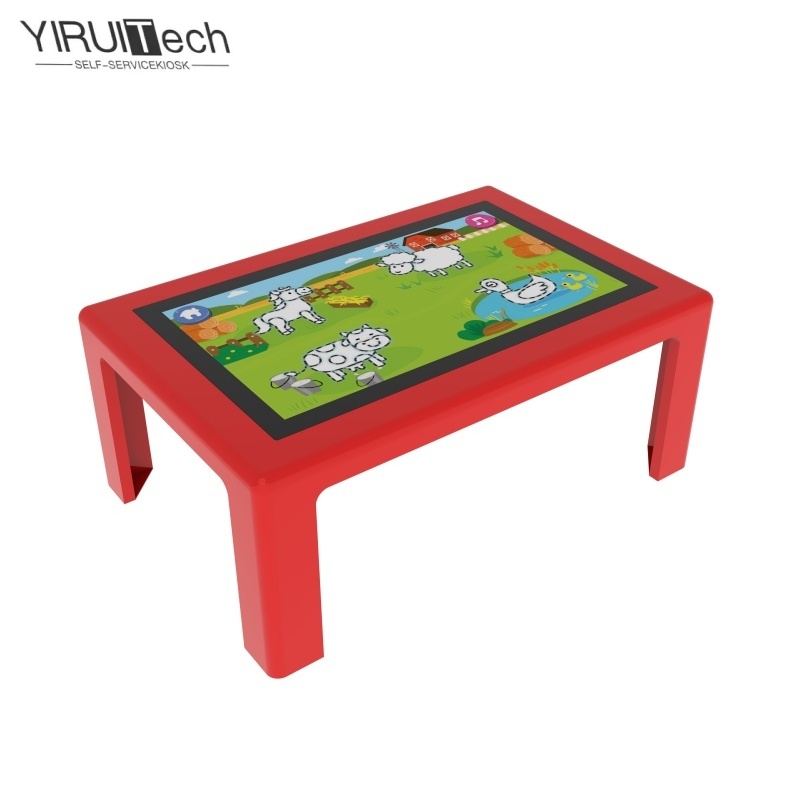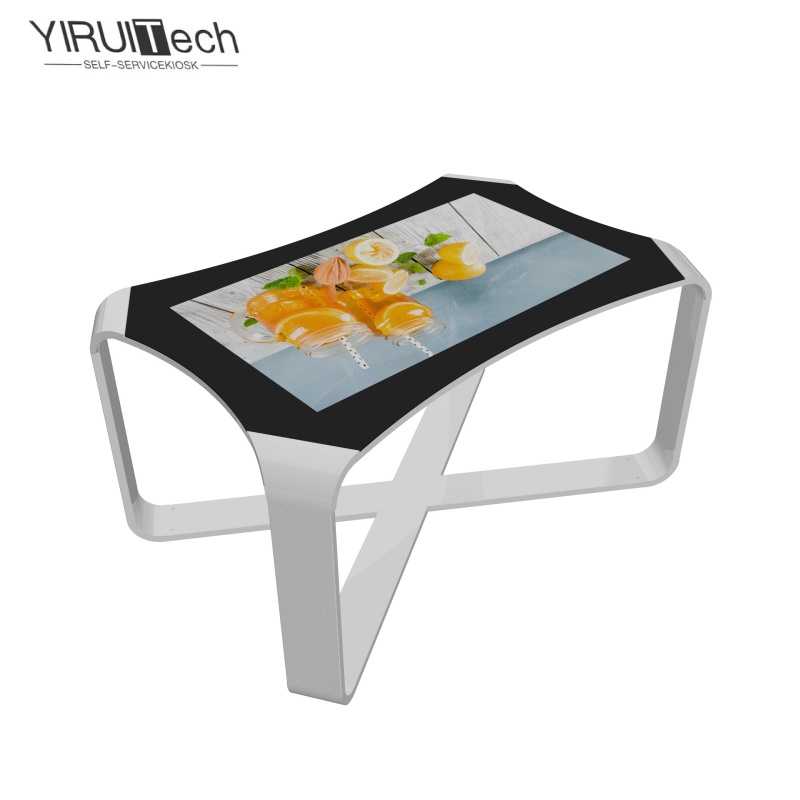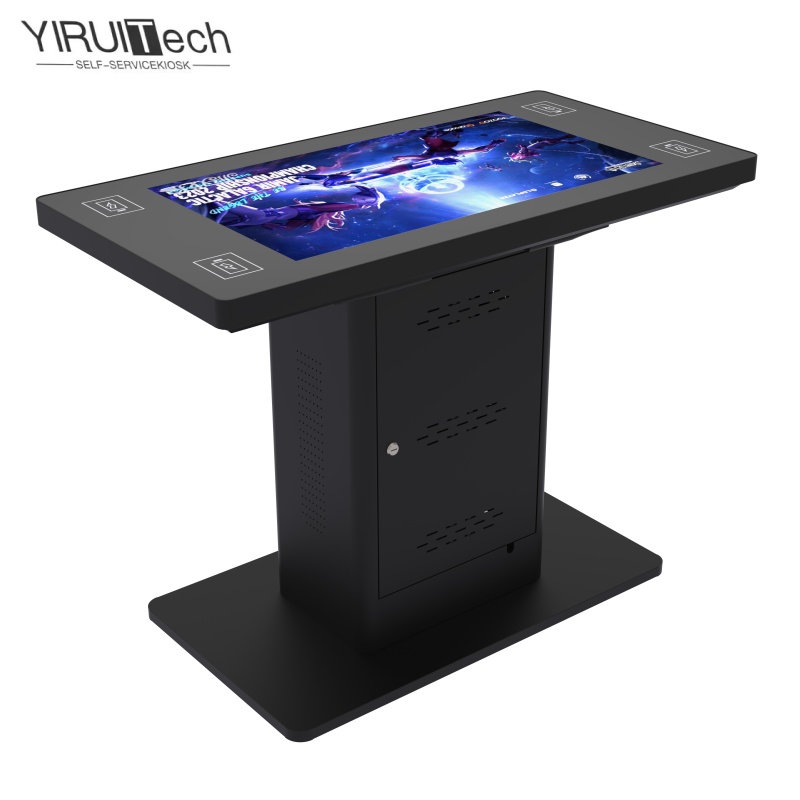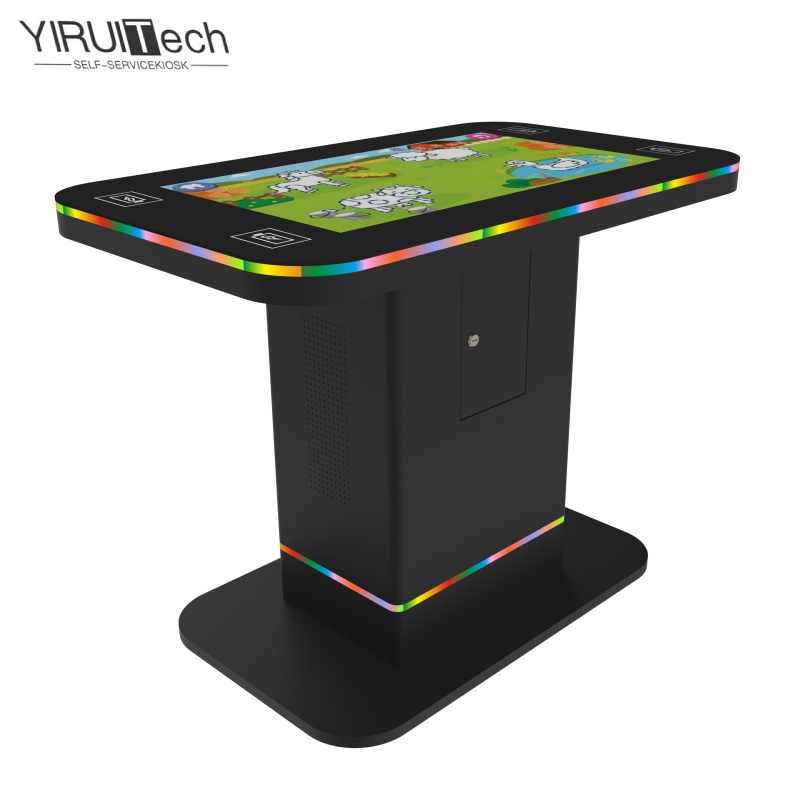Imagine walking into a meeting room where the table isn’t just a piece of furniture but an interactive hub. With a swipe of a finger, you pull up charts, annotate ideas, or even video-call a colleague halfway across the world. That’s the magic of a Smart Touch Table, a sleek, tech-infused surface that blends form with function.
These tables are no longer confined to sci-fi movies. They’re popping up in offices, schools, homes, and public spaces, transforming how we work, learn, and connect.
What Is a Smart Touch Table?
A Smart Touch Table is a flat, interactive surface with a built-in touchscreen display. Unlike traditional tables, it responds to touch, gestures, and sometimes even voice commands. Think of it as a giant tablet embedded into a table, but with far more capabilities.
The idea isn’t entirely new. Early versions emerged in the late 2000s, inspired by touchscreen smartphones and tablets. But today’s models are sleeker, faster, and packed with features that make them indispensable tools rather than just futuristic gadgets.
View All Smart Touch Table →
Core Features of Smart Touch Tables
These tables aren’t just oversized touchscreens. They’re designed for real-world use with features like:
- Touch sensitivity: Responds to fingers, styluses, or even objects for precise inputs.
- Multi-user interaction: Several people can use it at once, perfect for brainstorming sessions.
- Wireless connectivity: Syncs with phones, laptops, or cloud storage for seamless file sharing.
- Customizable interfaces: Businesses can design branded dashboards, while homes can personalize layouts.
From restaurants using them as digital menus to architects sketching blueprints directly on the table, the applications are endless.
How Smart Touch Tables Work
Ever wondered what makes these tables tick? The secret lies in a mix of sensors, software, and smart design.
The Role of Touchscreen Technology
Most Smart Touch Tables rely on capacitive or infrared touch technology.
- Capacitive: Detects conductive inputs (like fingers) with high precision, ideal for smooth interactions.
- Infrared: Uses sensors around the edges to track touch, allowing for larger surfaces and multi-touch support.
This tech ensures seamless responses, whether you’re swiping through photos or dragging 3D models across the screen.
Software and Connectivity
The brain of the table is its software. Many run on familiar platforms like Android, Windows, or proprietary systems designed for interactive displays. They also support:
- Bluetooth & Wi-Fi: For syncing with other devices.
- Cloud storage: To instantly access files from anywhere.
- AI integration: Some can recognize gestures or objects placed on the surface.
This makes them more than just tables. They’re networked devices that bring digital collaboration into the physical world.
Applications of Smart Touch Tables
From boardrooms to classrooms, these tables are finding their place in nearly every industry.
Smart Touch Tables in Business
Corporate teams use them for real-time collaboration. Instead of crowding around a laptop, colleagues can stand around the table, sharing notes, editing presentations, or even video-conferencing clients. Hotels and restaurants also use them for interactive customer experiences, like digital concierge services or dynamic menus.
Educational and Retail Uses
Schools are adopting Smart Touch Tables to make learning hands-on. Students can manipulate 3D models, solve puzzles together, or conduct virtual experiments.
Retailers use them as self-service kiosks, allowing shoppers to browse catalogs, check prices, or even customize products before buying.
Advantages of Smart Touch Tables
Why are these tables gaining traction so fast?
Enhancing Collaboration
They remove barriers. Instead of passing a laptop around, teams can work together in real time, sparking more creativity and instant feedback.
Sustainability and Cost-Effectiveness
Many Smart Touch Tables use energy-efficient displays and durable materials. Over time, they reduce paper waste and outdated tech setups, offering long-term savings.
The Future of Smart Touch Tables
We’ve only scratched the surface. As AI and touch tech improve, these tables will become even more intuitive. Picture tables that recognize who’s touching them, adjust lighting based on mood, or even charge devices wirelessly.
Smart Touch Tables aren’t just a trend. They’re redefining how we interact with space, information, and each other. And this is just the beginning.

